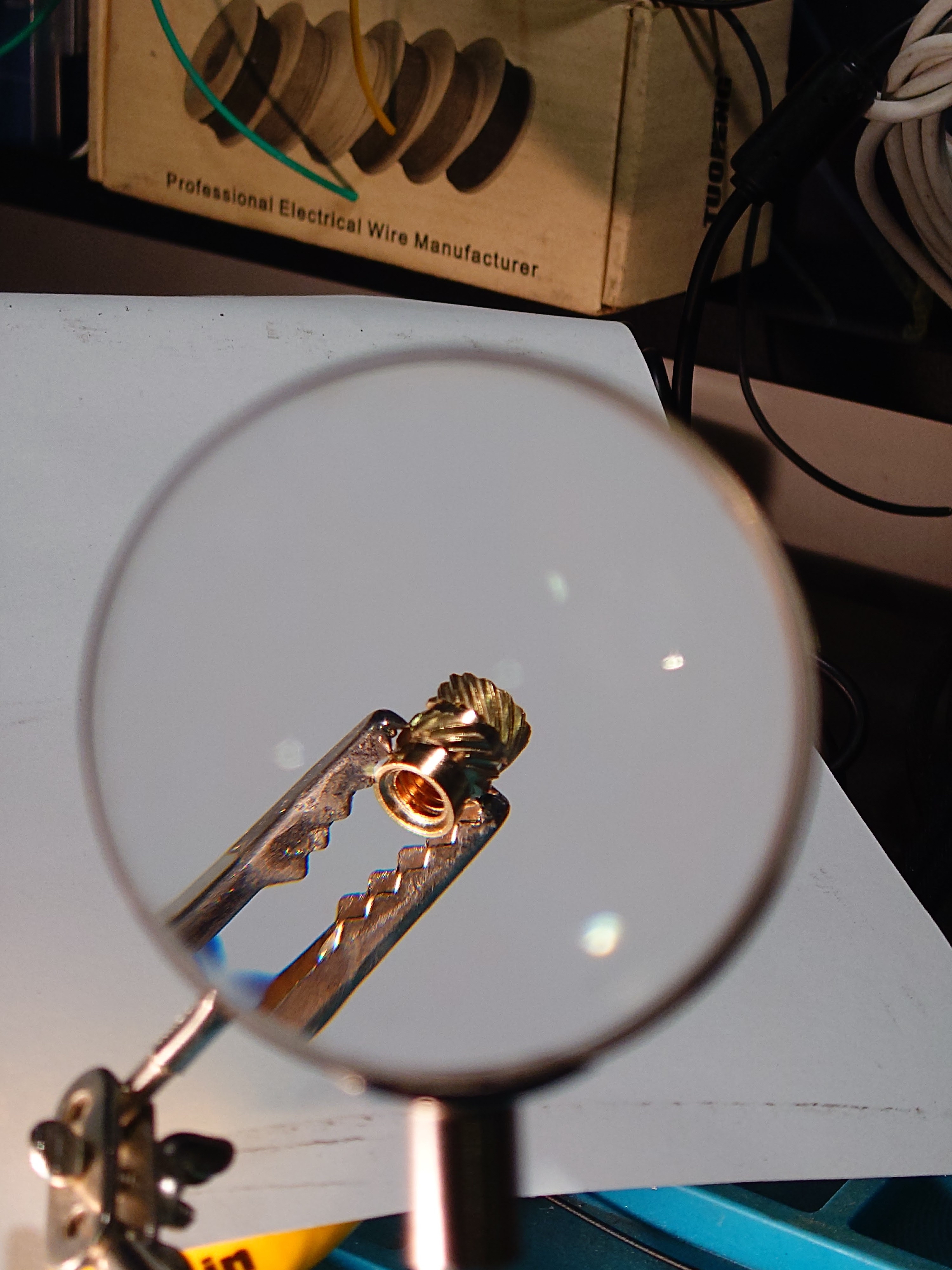
In this article, Patrick Faulkner, lead engineer at Accu, advises on selecting the correct fasteners for 3D printing and prototyping, by considering factors such as load requirements, frequency of assembly, design constraints, as well as weight.
Fasteners play an essential role in the creation of 3D printed components, no matter what type of project. The correct choice of fastener not only influences product durability but also affects ease of assembly and disassembly, which is an important factor in many cases.
Because engineers often need added robustness in their 3D printed assemblies, they frequently turn to specialised fasteners that can withstand repeated use. Recent innovations in fastener technology provide solutions that ensure secure connections without compromising the integrity of the printed material. Several types of fastener are suitable for 3D printing applications such as brass inserts, polyfix screws or inset nuts.
Brass threaded inserts are designed for embedding into softer materials such as thermoplastics, providing a strong, permanent threaded connection. This makes them an excellent option for applications where reliability and durability are paramount.
They are especially popular for 3D printed components due to their ease of installation and wear resistance. These properties make brass inserts well-suited for almost any prototype stage from initial concept to finished product. Their durability ensures that even with frequent assembly and disassembly, the integrity of the fastening remains intact. 
Brass threaded inserts also provide superior load-bearing capabilities compared to plastic threads. This is crucial in applications where components are subjected to significant mechanical stress, such as in applications like robotics or heavier-duty electronics.
They are straightforward to install by heat-setting them into pre-drilled holes, allowing the surrounding plastic to melt slightly and then solidify around the insert. This process keeps the insert firmly in place, reducing the likelihood of stripped threads.
Available in a range of metric sizes, brass inserts come in a number of thread specifications (from M3 to M6) and various insert depths. This flexibility allows designers to tailor their prototypes to specific requirements, enhancing the overall performance of the assembly.
Polyfix self-tapping screws feature specialised 30° or 45° thread profiles designed to form their own threads in plastic or 3D-printed materials. Their unique geometry reduces the stress placed on the surrounding material, helping to minimise cracking or distortion often associated with standard self-tapping screws.
These screws can be installed directly into a pilot hole using a standard screwdriver, making them a convenient and cost-effective choice for rapid prototyping. Their thread design allows for solid engagement with the plastic, resulting in a secure hold while still being relatively easy to remove or reposition when needed.
Because Polyfix screws are specifically engineered for plastic, they are often more reliable than generic self-tapping alternatives. However, as with any screw installed into lower-strength materials, repeated fastening and unfastening can weaken the substrate over time. Designers should therefore consider whether an application demands more robust solutions, such as brass threaded inserts, particularly when high stress loads or frequent disassembly are anticipated.
An alternative to using specialised fasteners or inserts is to embed standard nuts directly into the 3D-printed part. This can be achieved by designing slots or cavities for the nuts, or by pausing the print partway through and placing the nut in position before resuming. Once the part is fully printed, the nut is held firmly in place, providing a robust metal-on-metal thread connection.
Although this method adds a small amount of weight and can complicate the printing process, it offers one of the most reliable fastening solutions, particularly in heavy-duty applications where strong, repeatable screw connections are required. By leveraging a standard metal nut’s threading and durability, engineers can avoid the wear or stripping issues sometimes encountered with plastic threads.
In summary
When it comes to 3D printing, choosing the right fastener can make all the difference in both prototype and final product performance. For assemblies subjected to higher loads or frequent disassembly, brass-threaded inserts offer a robust and reliable metal-threaded solution. Meanwhile, Polyfix self-tapping screws, with their specialised thread profiles, are an efficient and cost-effective alternative for creating threads directly in plastic or 3D printed material, ideal for quick prototyping.
Another option is insetting standard nuts into the 3D print itself, either by designing dedicated slots or by pausing the print mid-way to add the nut. While this approach adds some weight and printing complexity, it provides one of the most durable fastening methods by leveraging a dependable metal-on-metal connection.
By weighing these options, considering factors such as load requirements, frequency of assembly, design constraints, and weight, engineers can select a fastening strategy that optimises both the functionality and longevity of their 3D printed assemblies.

Becca is the latest member to join our team and is eager to get stuck into the world of fasteners. She brings an enthusiastic and fresh outlook on what we do editorially and will be leading our social media activity – including sourcing material, editing articles and posting online.





